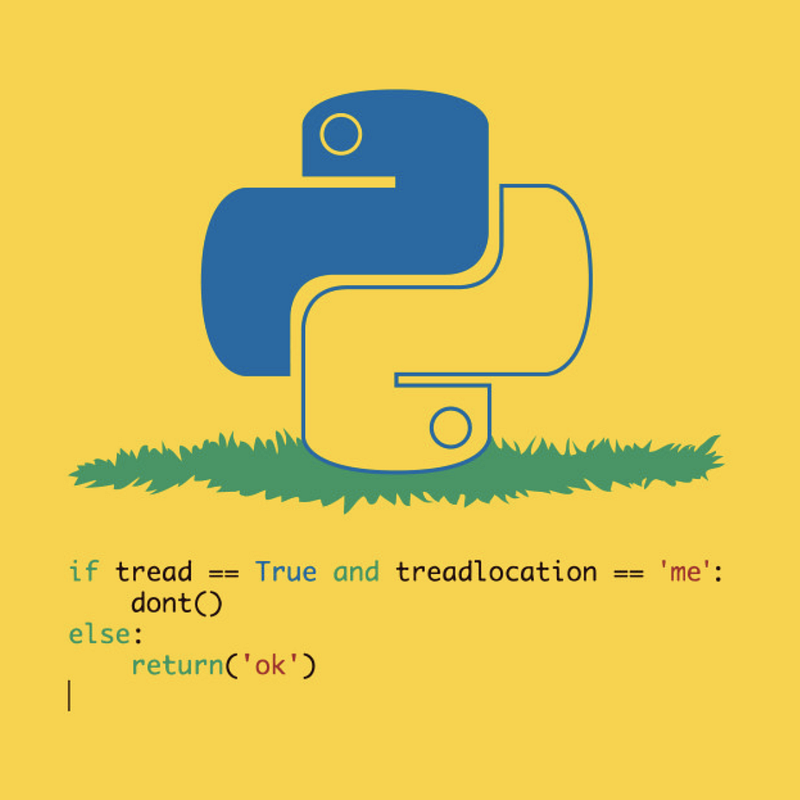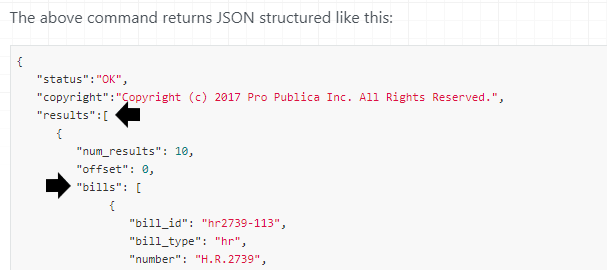How to Profit from Politics and Coding: A Guide
Written on
Chapter 1: Introduction to Political Coding
Engaging in the intersection of politics and programming can be a lucrative endeavor.

Overview
This initiative aims to enhance the research methods employed in stock trading. By utilizing the Congress.gov API, we can query new legislation pertinent to specific sectors. This capability allows traders to seize opportunities that may not yet be highlighted or analyzed by mainstream media. For instance, an oil and gas trader could significantly benefit from notifications about new laws that could open up drilling opportunities in regions like South Dakota. Depending on the legislative timeline, the trader can identify companies experienced in drilling in that area and assess how the proposed legislation may impact them.
The Program
To initiate the project, we need to import several libraries. This task is best executed within a Jupyter Notebook.
import requests
import json
import pandas as pd
from IPython.display import HTML
The requests library will facilitate our requests to the Congress server, returning data in a JSON format, which is why we also import the json library. Next, we leverage pandas to convert the JSON data into a more manageable data frame format. Lastly, HTML from the display module will help us present our data clearly.
Next, we define the function responsible for managing our requests. Since the API primarily operates using shell commands, we utilize curlconverter.com to translate our authorization requests into Python code.
def call():
headers = {'X-API-Key':'YOUR_API_KEY'}
PARAMS = {'query':'{Defense}'}
At this stage, the function is set to send the headers, parameters, and requests to the API. The headers include our API key, while PARAMS contains our search terms (for this example, we're focused on defense stocks). The request links to the current congressional data, returning the relevant proposed bills.
Now, we will process the data returned from the API (continuing under the call() function):
BillData = response.text
x = json.loads(BillData)
df = pd.json_normalize(x, record_path=['results', 'bills'])
df_relevant = df[['bill_id', 'title', 'active', 'latest_major_action_date', 'summary', 'govtrack_url']].sort_values(by=['active', 'latest_major_action_date'], ascending=False)
return HTML(df_relevant.to_html(escape=False))
The first line captures the API response and assigns it to the variable BillData. Following that, we use json.loads() to convert the JSON string into a Python dictionary. We then normalize this data into a flat structure using json.normalize(), specifying the subcategory for our data.

Following this, we create df_relevant to filter the data to show:
- bill_id: the identification number of the bill
- title: the title of the bill
- active: indicates whether the bill is active (True/False)
- latest_major_action_date: the date of the bill's most recent significant action
- summary: a brief overview of the bill
- govtrack_url: a link to view the full bill
Humor Break :)

The expression 0!=1 means "zero is not equal to one," which is true. However, 0! refers to the factorial of zero, which equals one, also true.
Now, let’s continue from where we left off:
df_relevant = df[['bill_id', 'title', 'active', 'latest_major_action_date', 'summary', 'govtrack_url']].sort_values(by=['active', 'latest_major_action_date'], ascending=False)
return HTML(df_relevant.to_html(escape=False))
After selecting our columns, we utilize the sort_values() function to organize the data by activity status and the most recent action date, allowing us to see the latest active bills. Thus, we name this variable df_relevant. We then convert our data frame into an HTML display format.
Now, it’s time to execute our code:
run_it = call()
run_it

Success! This generates a clean table that aligns with our query and selected parameters. As a trader focused on defense stocks, I can easily read this summary and understand that there is new legislation concerning defense aircraft, allowing me to visit the provided GovTrack link for more details.

From here, I can refine my list of stocks in the defense sector to identify which might be most impacted by this new legislation. Keep in mind, this approach can be applied to any sector—just modify the PARAMS variable accordingly.
This method offers a cost-free way to enrich your data sources for informed investing. I’m eager to hear about your experiences and how I could assist you; I love receiving success stories via email.
If this article intrigued you, you'll be pleased to discover more on The Financial Journal, a fresh platform featuring stories on side hustles, market insights, and everything related to finance!
Chapter 2: Video Insights
This video, titled "Make money with coding.. What you're NOT being told!" dives into the undisclosed opportunities in coding for financial gain.
In "How To Make A LOT of Money From Political Trends Online," learn strategies to capitalize on political trends for significant profits.